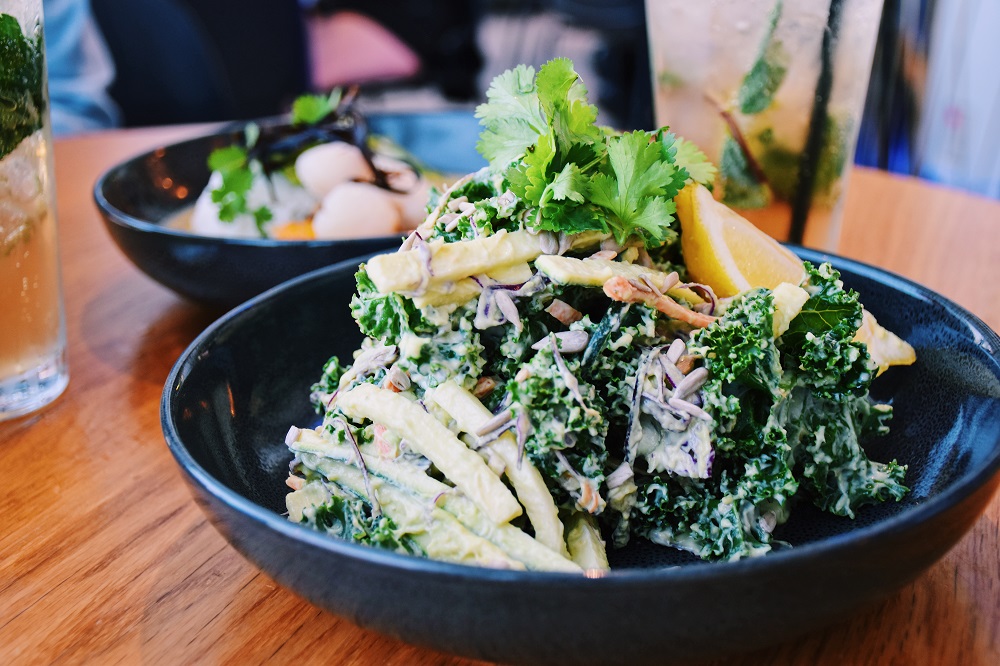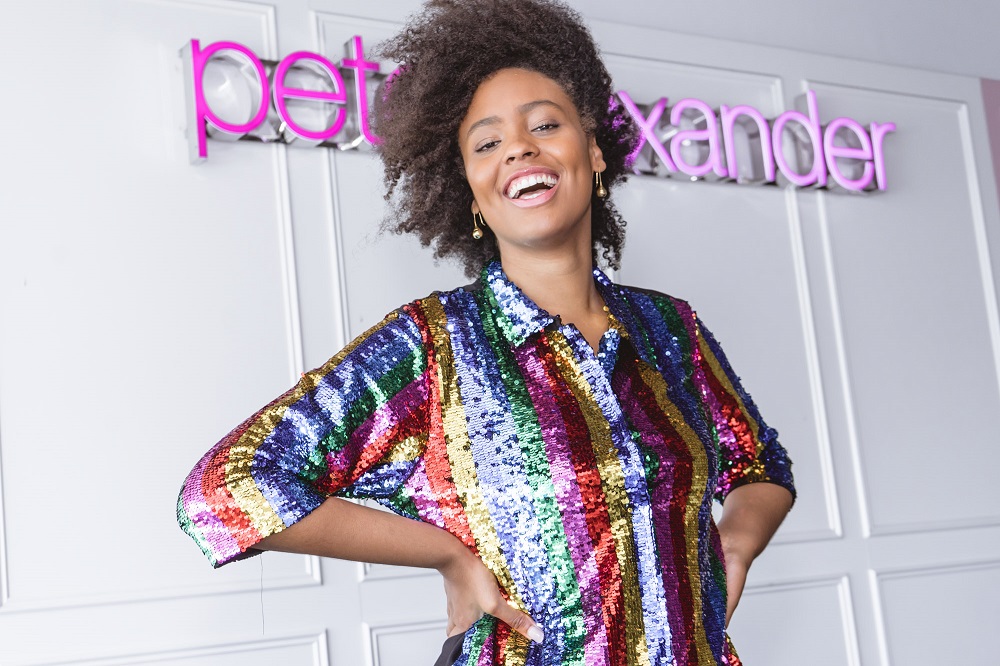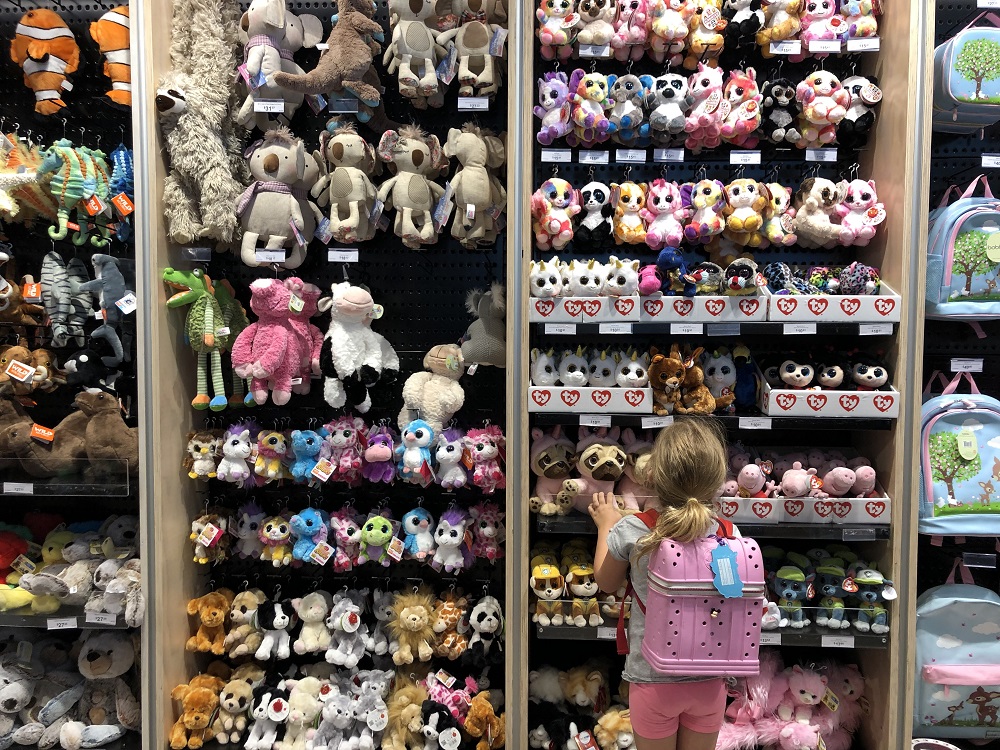
Did you know 71 per cent of Australian consumers are more likely to make a purchase based on a post by a digital influencer? Based on this stat alone, we think it’s time you considered adding digital influencers into your marketing strategy too.
Before you stop reading and start sending your product to influencers, pump the breaks.
There are a lot of steps required to find your perfect digital influencer match before the art of influencing happens.
Whether you’re a small brand or a global one, your purpose for working with an influencer should always be clear.
You should have chosen influencer marketing over say, paid advertising, because your purpose is one (or all) of these reasons:
- To share your message in an authentic way
- You want assistance to grow your channels organically
- To build positive brand awareness
- So you can increase your brand’s reach with a new (like-minded) audience
To help you get started with your first digital influencer campaign, think of this as your 10-step guide to working with digital influencers – from finding, minding and finalising.
1. Do you go micro or macro – and we’re not talking about calories

Image by @kbsugarfree
Before you go down the rabbit hole of scrolling for hours on Instagram, you’ll want to first decide on the type of influencer to work with.
The easiest way is to break them down into two categories: micro or macro.
While micro-influencers have a smaller following (less than 10K) they often have a more engaged community within a niche interest group.
Meanwhile, macro-influencers are everyday names with large followings and are owners of the coveted blue tick. However, their engagement rate is often lower due to the size of their following.
You’ll need to be realistic about your budget if selecting a macro influencer, as a big one (with celebrity status) will charge five or six figures for a single post, sometimes more.
Research shows that micro-influencers have 22 times more conversion than macro-influencers, as they have a more personal connection to their audience. This is something to keep in mind before throwing your whole budget on someone with over 100K following.
2. Get scrolling with purpose
Ready, set, scroll – right?
Before you get a repetitive strain injury on your forefinger from hours of scrolling, it’s worthwhile refining your search to find the right influencer.
For example, the search bar on Instagram can be your best friend; search relevant hashtags or locations to find your perfect partnership.
- Looking for a food influencer in Brisbane? Search #BrisbaneFoodie
- Want a travel influencer in New South Wales? Try @visitsydney and search their feed or tagged photos to see which influencers are actively posting and tagging in this location
- Need a mummy influencer for your campaign? Find one you like and see who they are following and you’re likely to find a bevvy more.
At this stage in your influencer search, you’ll want to create a list of names – five to ten – that you can shortlist further (more on that coming up!).
3. Find an influencer who matches your brand

Image by @thefashionheist
Now that you have a shortlist of Instagram handles to review, it’s time to ensure it’s a Cinderella glass slipper moment with your brand.
Review their feed with these questions top of mind:
- Does the influencer post the style of images that fit your brand? If you’re selling running shoes, would you get a food blogger to post? Your brand needs to make sense on their platform too.
- Do they post consistently?
- Do they have an engaged following? If you’re new to this, there’s a range of free tools online that can help you with this step so you can compare engagement rates between influencers
- What are their Stories like? Often people’s feeds are aesthetically pleasing but their stories might be politically charged which might not be the right fit for you
This process should help refine your list to only those you’re prepared to consider for your campaign.
4. Reach out to your influencer of choice

Image by @rachelthaiday
With your shortlist in hand, it’s time to pick up the virtual phone and reach out.
Of course, by virtual phone, we mean sliding into their DMs (unless they have an email address listed in their bio).
Just like any business email, make sure you state who you are, why you are reaching out and what the campaign is all about.
If you’ve slid into their DMs, include an email address or phone number to continue the conversation – ain’t nobody got time for endless DMs.
5. Ask for a rate card
Depending on whether you’ve approached a macro or micro-influencer, they should have a rate card or media kit that outlines how much they charge per deliverable as well as a summary of their audience.
If they don’t have a professional document, just ask for a summary (in writing) of their fees. Also request a few screenshots of their audience and engagement rates from their social media platforms (making sure you have evidence of their reach on the channels you want to use in your campaign).
These two pieces of information are important to ensure your chosen influencer fits within your budget and will reach your desired audience. It also guarantees you’re investing in a legitimate influencer, not someone with fake followers.
6. Be prepared to pay for content

Image by @kbsugarfree
Speaking of budget… make sure you have money allocated for your digital influencer campaign.
We’re saving you from learning the hard way – being a good influencer is a craft and one worth paying for. The digital influencer industry is expected to reach 10 billion dollars this year, which shows the level of investment by brands and further proof this influence thing is big business.
We’re proponents for paying for content because it means you have control over what is posted and the messaging attached to it. As the old saying goes, he who pays the piper calls the tune.
Keep in mind, there are other ways to pay influencers than just dollars and cents. If you’re a hotel, you may wish to offer contra arrangements (a night’s accommodation and a meal in the restaurant for two guests) in exchange for a number of posts and stories.
Just remember from the brand perspective, there is still a hard cost to contra agreements, so make sure that’s outlined to your influencer of choice as you would a monetary arrangement.
7. Write a Memorandum of Understanding (aka MOU)
Just like you wouldn’t build a house without a contract with your builder, you shouldn’t engage with a digital influencer without one either.
An MOU ensures both parties are ‘on the same page’ with the contracted deliverables, timeframe, process and payment terms. After all, you can’t pay your staff or business expenses with an influencer’s reach alone.
At a minimum, these should be included in your MOU:
- The total fee to be paid to the influencer or total value received in contra
- The deliverables – how many posts, on which channels and required tagging or hashtags and what content (e.g. images) you’re going to own in-perpetuity
- Timeframe – both the date range for posting and reporting
- The process – approval or reporting requirements from the influencer
- Your payment terms
If you’re unsure where to start with writing an MOU, we’ve got you covered with this downloadable template.
While your MOU is your official contract which your influencer should sign and return before any work is started, it should be supported by a detailed brief that gives the influencer all the information they need to ensure they deliver content that meets your campaign needs.
8. Create a detailed brief

Image by @thefashionheist
If you’ve ever worked with a photographer or graphic designer, you’ll understand the importance of a brief.
Without one, you are giving the digital influencer ‘creative license’ to capture the content as they see best, and believe us, this doesn’t always make for the most useable content.
A brief should include:
- The campaign overview and objectives
- Dates for the campaign and importantly, deliverables
- Target audience
- Key messages
- Naming conventions
- Required tagging and hashtags
- What not to do
The last point is often overlooked yet probably more important than the other pieces of information in the brief.
For example, if you’re working with an influencer who is creating content for a tourism brand, would you want them taking pictures on the edge of a cliff and tagging your brand? Err – we think not.
To help you get started with writing the perfect brief, we’ve got a template available for download over here.
9. Get the stats, stat.
If this is your first digital influencer activation, one of the burning questions you’ll want to know is: did it work?
To answer this, you’ll need your influencer to send through their stats: likes, comments, shares, saves, reach and impressions in a campaign report.
Influencers should prepare this for you, but we recommend sharing exactly what you need for reporting to ensure it syncs with your internal template.
As people’s social media habits change, it’s important to have a holistic view of how people engaged with the content as likes and comments often isn’t enough anymore, it’s now all about the offline (DM) conversations.
Make sure you read this blog to ensure you’re also integrating these stats into your overall marketing objectives.
Got good results? Create a master spreadsheet with your favourite influencers to work with for future campaigns to make your next influencer campaign much faster to run.
10. Share their content on your channels

Image by @fatmumslim
Once the content created by the influencers has been posted on their channels make sure you plan it into your upcoming content calendars too.
While you may have engaged the influencer to promote your product or service to their followers, you need to remember that they are also providing content for you to power your own feeds – so don’t let it go to waste.
It’s your job to act as a megaphone for their content, including stories, during their time with you too.
Don’t forget, if you’ve negotiated high-res joint copyright images, you can start sharing these in the manner you agreed to whether that be website, print, magazine.

By Rochelle Vaisanen
When not climbing mountains on two wheels, Rochelle can be found on the hunt for the best almond croissant around town. A lover of good coffee, food and wine, and with a passion for travel, Rochelle is always on the lookout for new adventures locally and abroad.

Thank you so much for a balanced and informed post. As a teeny tiny micro influencer it is excellent to hear from someone who understands both sides of the story.
Thank you for your kind words to our post, Jan!